Friday☕️

Economics & Markets:
- Yesterday’s U.S. stock market:
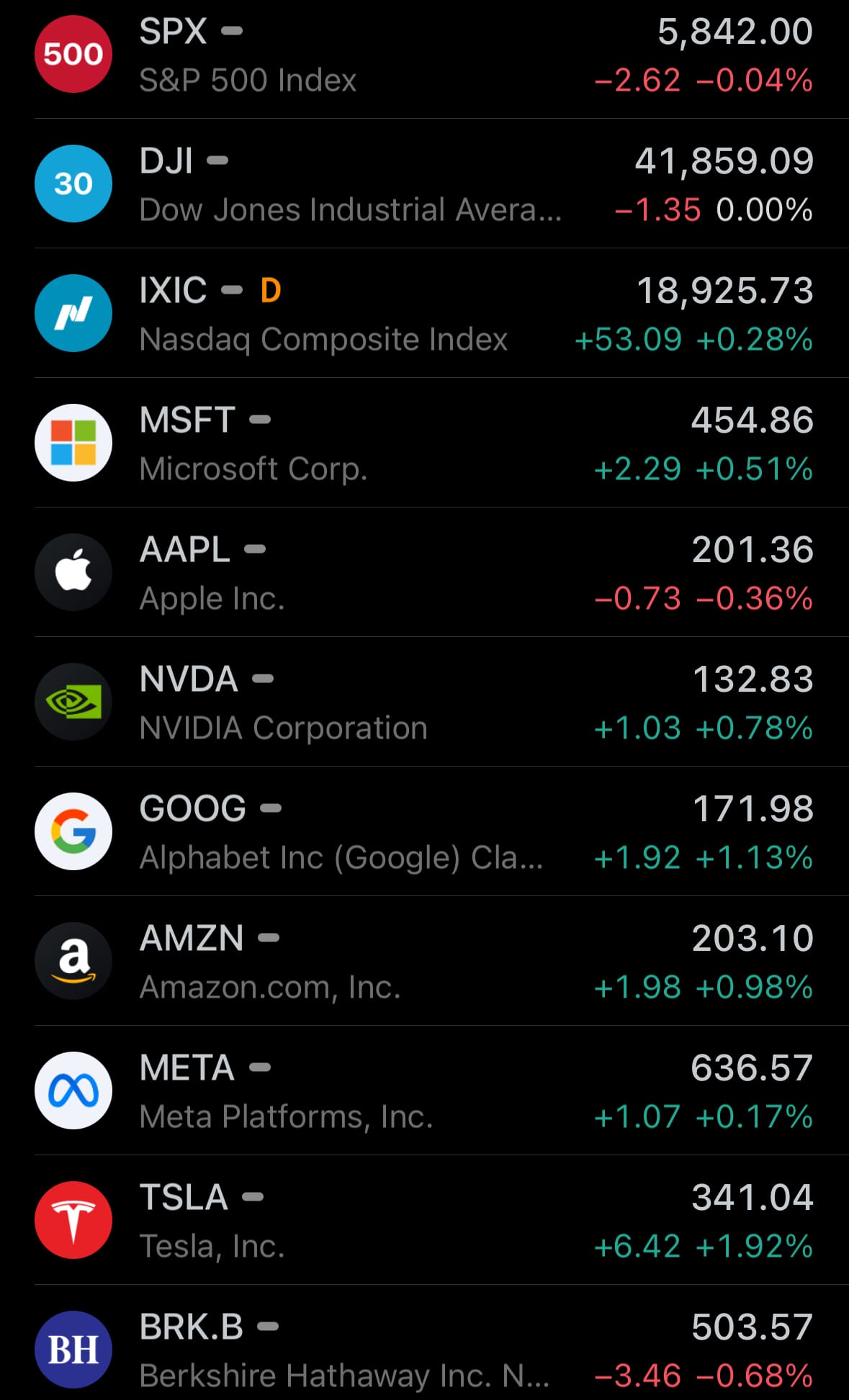
- Yesterday’s commodity market:
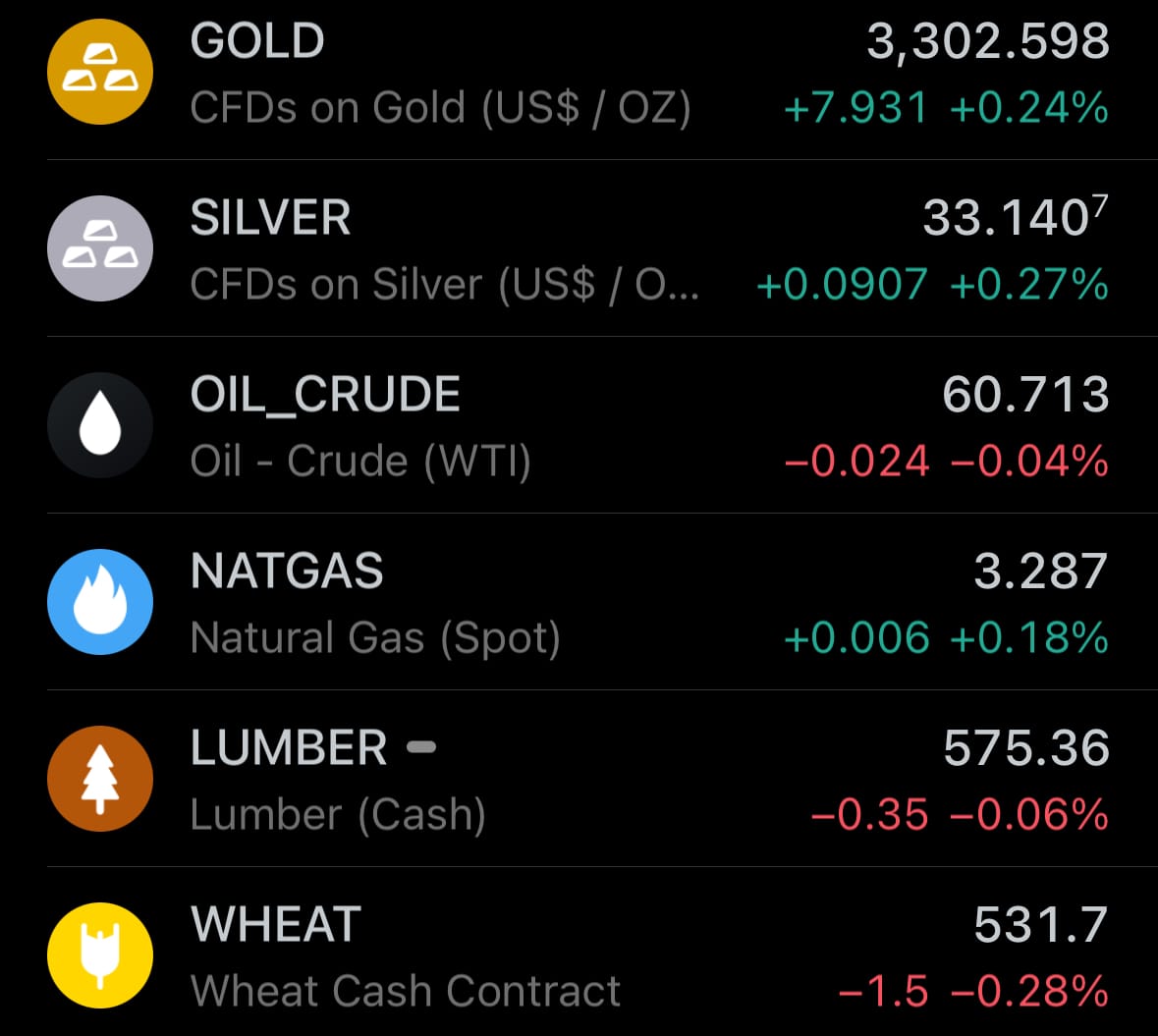
- Yesterday’s crypto market:
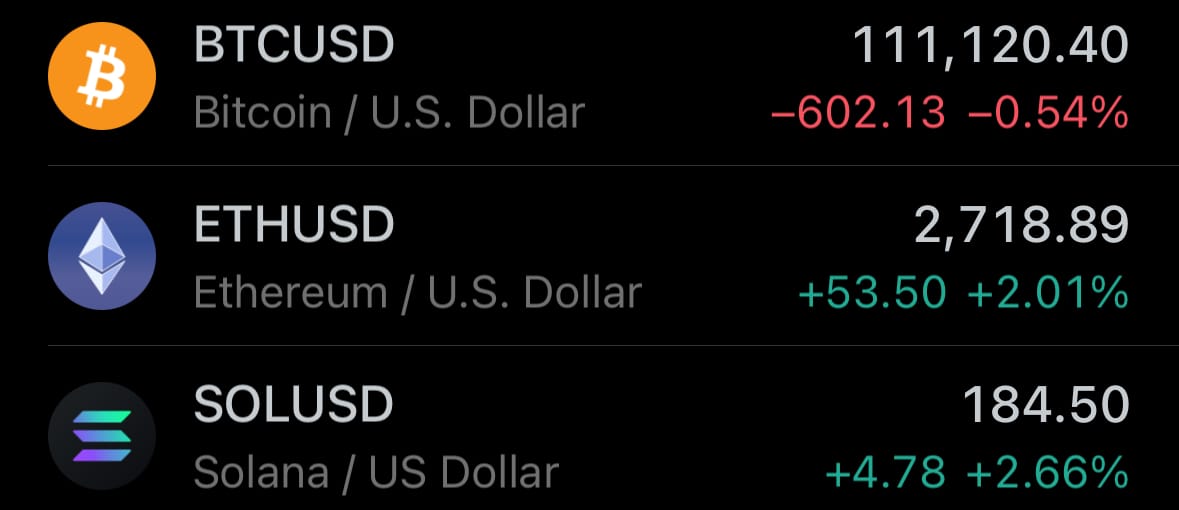
Geopolitics & Military Activity:
- Yesterday, May 22, 2025, the Israeli Air Force carried out a second wave of airstrikes targeting Hezbollah military infrastructure across Lebanon, including weapon storage sites, command centers, and rocket launchers in areas like Toul in the south, the Beqaa Valley, Deir Antar in Bint Jbeil District, Wadi al-Aziziya, and Baalbek in the northeast. The Israeli Defense Forces stated the strikes aimed to disrupt Hezbollah’s ability to conduct attacks, following rocket launches and cross-border activities that Israel considers violations of a November 2024 ceasefire.

- The Lebanese Health Ministry reported civilian casualties and infrastructure damage, but exact numbers remain unconfirmed. Historical patterns, such as a UN report from April 2025 noting 71 civilian deaths since the ceasefire, suggest that such strikes often affect civilian areas due to Hezbollah’s practice of operating within populated zones. This complicates targeting efforts and frequently leads to collateral damage. The operation reflects ongoing regional tensions, with both sides accusing the other of ceasefire violations—Israel pointing to Hezbollah’s actions, while Lebanon highlights civilian losses and the blockade of key routes like the Masnaa Border Crossing, previously hit in October 2024, which has hindered humanitarian efforts.

Environment & Weather:
- Yesterday, May 22, 2025, Wuhan, the capital of Hubei Province, China, faced severe urban flooding due to intense rainfall. The city issued a red alert for rain, which was renewed multiple times, and an "urban disaster alert" was activated for the first time. Daily rainfall reached 85.9 mm, causing widespread disruption: streets turned into rivers, vehicles were submerged, and residents were stranded. Wuhan Tianhe Airport reported 27 delayed flights and 44 cancellations, while flooding also impacted areas like Wuhan University. This event underscores Wuhan's vulnerability to flooding, given its location along the Yangtze River and its history of heavy monsoon impacts.

- Further research reveals that heavy rains in China during this period were not isolated to Wuhan. Just days earlier, on May 19, 2025, southern provinces like Guangdong and Guangxi reported deadly flooding, with at least six fatalities, disrupted train services, and power outages. A yellow alert was issued for mountain flooding risks in regions including Zhejiang, Fujian, Guangdong, and Guangxi. Meanwhile, global weather patterns showed similar extremes, with New South Wales, Australia, facing unprecedented flooding around the same time, isolating nearly 50,000 people. These events highlight a broader trend of intensifying rainfall, likely driven by climate shifts, though specific meteorological data for Wuhan’s flooding remains limited.
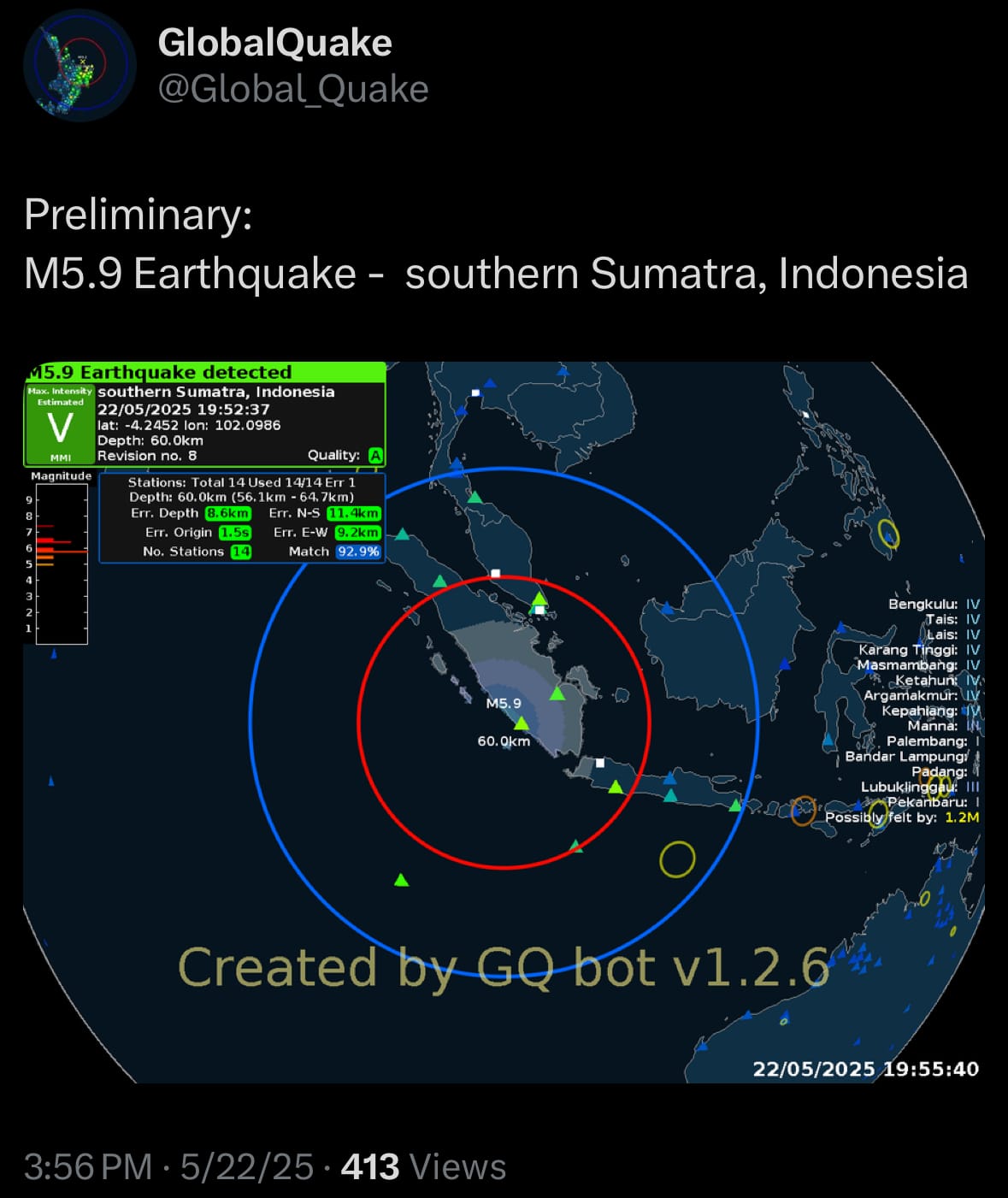
Science & Technology:
- Yesterday, May 22, 2025, Anthropic introduced Claude Opus 4 and Claude Sonnet 4, two new AI models designed to advance performance in coding, reasoning, and other tasks. Claude Opus 4 achieved 72.5% on the SWE-bench Verified coding benchmark and 50.0% on the Terminal-bench for agentic terminal coding, outperforming OpenAI’s o3 (69.1% and 30.2%) and Gemini 2.5 Pro (62.3% and 23.9%). Claude Sonnet 4, an upgrade from Sonnet 3.7, scored 72.7% on SWE-bench Verified and 41.3% on Terminal-bench, while also performing well in reasoning (83.9% on GPQA Diamond) and high school math (85.0% on AIME 2025). Both models also showed strong results in multilingual Q&A (88.8% for Opus 4 on MMLU) and visual reasoning (76.5% on MMMU), highlighting their versatility across various domains.
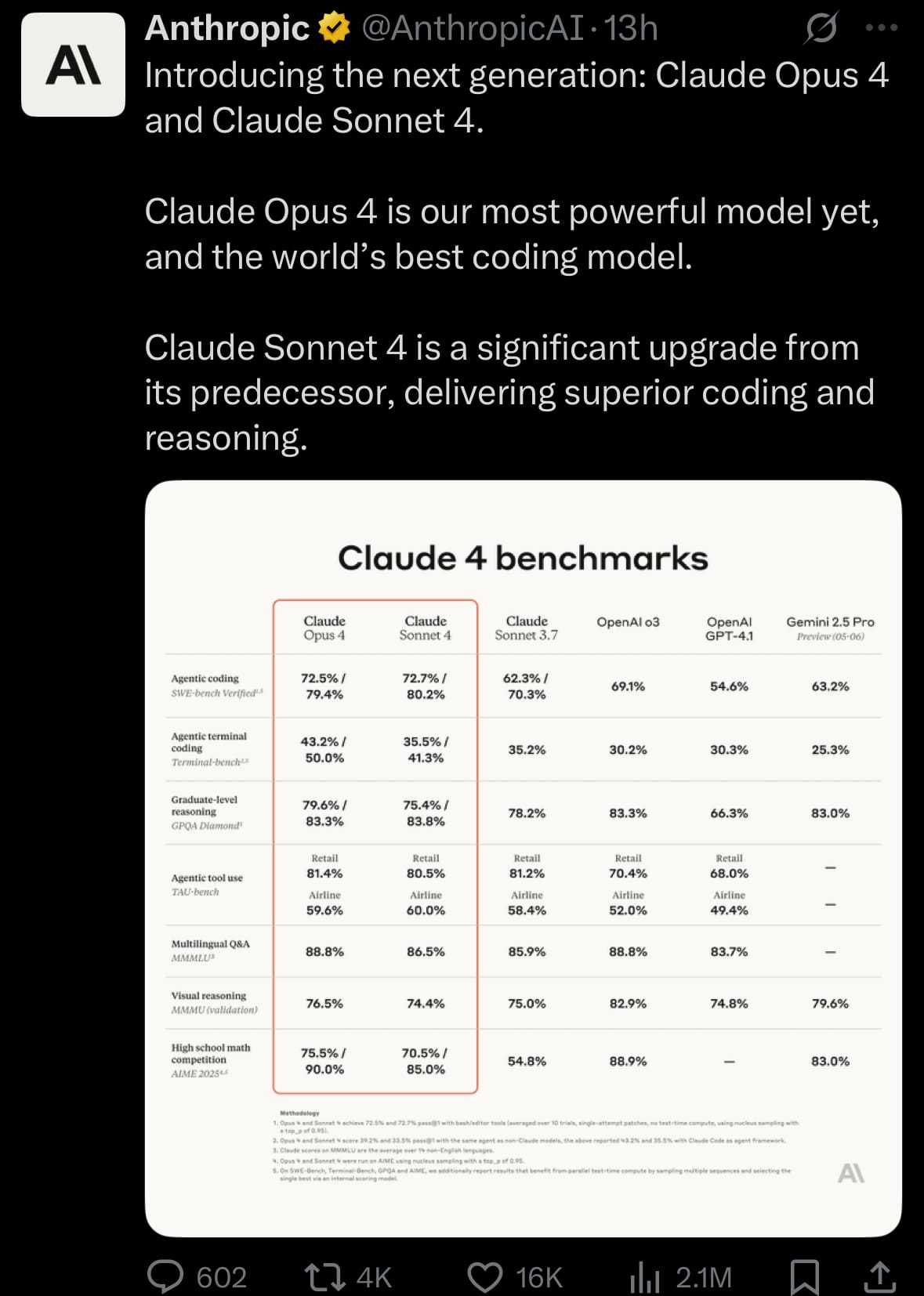
- In early 2025, Anthropic raised $750 million to expand its infrastructure, likely aiding the development of these models. Meanwhile, the AI sector remains competitive, with OpenAI’s o3, released in March 2025, offering strong multimodal capabilities, though it lags behind Claude Opus 4 in coding tasks. Discussions on X as of May 23, 2025, show developers appreciating Claude 4’s coding abilities, with some noting its potential to streamline software development, though concerns about cost and accessibility were also raised. The release underscores the ongoing race among AI companies to deliver more capable and practical models.
Statistic:
- Largest public semiconductor companies by market capitalization:
- 🇺🇸 NVIDIA: $3.239T
- 🇺🇸 Broadcom: $1.083T
- 🇹🇼 TSMC: $1.017T
- 🇳🇱 ASML: $295.00B
- 🇰🇷 Samsung: $260.74B
- 🇺🇸 AMD: $179.50B
- 🇺🇸 Texas Instruments: $163.71B
- 🇺🇸 QUALCOMM: $161.81B
- 🇬🇧 Arm Holdings: $136.64B
- 🇺🇸 Applied Materials: $130.41B
- 🇺🇸 Micron Technology: $105.97B
- 🇺🇸 Lam Research: $105.60B
- 🇺🇸 Analog Devices: $105.16B
- 🇺🇸 KLA: $101.49B
- 🇰🇷 SK Hynix: $100.42B
- 🇺🇸 Intel: $89.63B
- 🇺🇸 Synopsys: $77.84B
- 🇯🇵 Tokyo Electron: $72.65B
- 🇹🇼 MediaTek: $69.99B
- 🇨🇳 SMIC: $54.93B
- 🇺🇸 Marvell Technology: $53.42B
- 🇩🇪 Infineon: $51.08B
- 🇳🇱 NXP Semiconductors: $49.64B
- 🇨🇳 Cambricon Technologies: $38.41B
- 🇯🇵 Advantest: $34.92B
History:
- The history of semiconductors traces back to the late 19th century with foundational discoveries in material science. In 1874, Ferdinand Braun identified the rectifying properties of metal-semiconductor junctions using galena crystals, an early hint at semiconductor potential. The Czochralski process, developed by Jan Czochralski in 1916, enabled the growth of single-crystal silicon, a technique still vital for chip production. Theoretical advancements in the 1930s and 1940s, driven by physicists like Walter Schottky and Nevill Mott, clarified the behavior of materials like silicon and germanium. The pivotal moment came in 1947 when John Bardeen, Walter Brattain, and William Shockley at Bell Labs invented the transistor—a germanium-based point-contact device—replacing bulky vacuum tubes and enabling compact electronics. This breakthrough earned them the 1956 Nobel Prize in Physics and set the stage for the digital age.
- The semiconductor industry evolved rapidly from the 1950s onward, with the invention of the integrated circuit (IC) in 1959 by Robert Noyce and Jack Kilby, allowing multiple transistors on a single chip. The 1970s saw the rise of microprocessors, like Intel’s 4004 in 1971, and silicon’s dominance as the primary material. Moore’s Law, articulated in 1965, drove exponential growth in computing power, with transistor counts doubling roughly every two years. By the 1980s and 1990s, companies like Intel, TSMC, and Samsung scaled production, shrinking transistor sizes to nanometer scales—reaching 7nm by 2018 and 3nm by 2022. Today, as of May 23, 2025, the industry faces new challenges: physical limits of silicon scaling push research toward materials like gallium nitride and 2D materials such as graphene, while advanced packaging techniques like chiplets address performance demands. Geopolitical tensions, such as U.S.-China trade restrictions on chip exports, and the global chip shortage lingering from the early 2020s, continue to shape the landscape, with TSMC and Intel investing heavily in domestic production to secure supply chains.
Image of the day:

Thanks for reading!
Earth is complicated, we make it simple.
Click image to view the Earth Intelligence System:
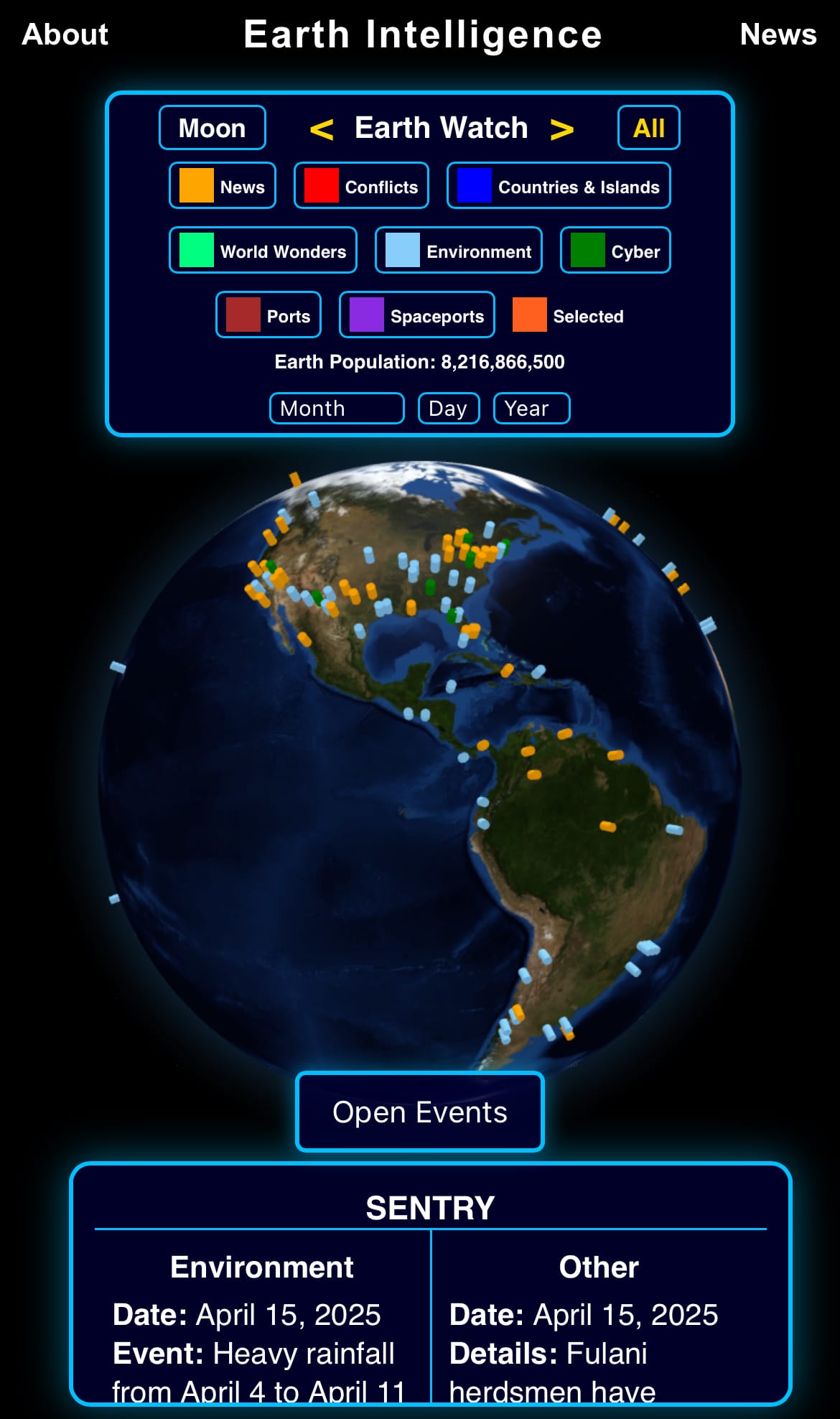


Support/Suggestions Email:
earthintelligence@earthintel.news




